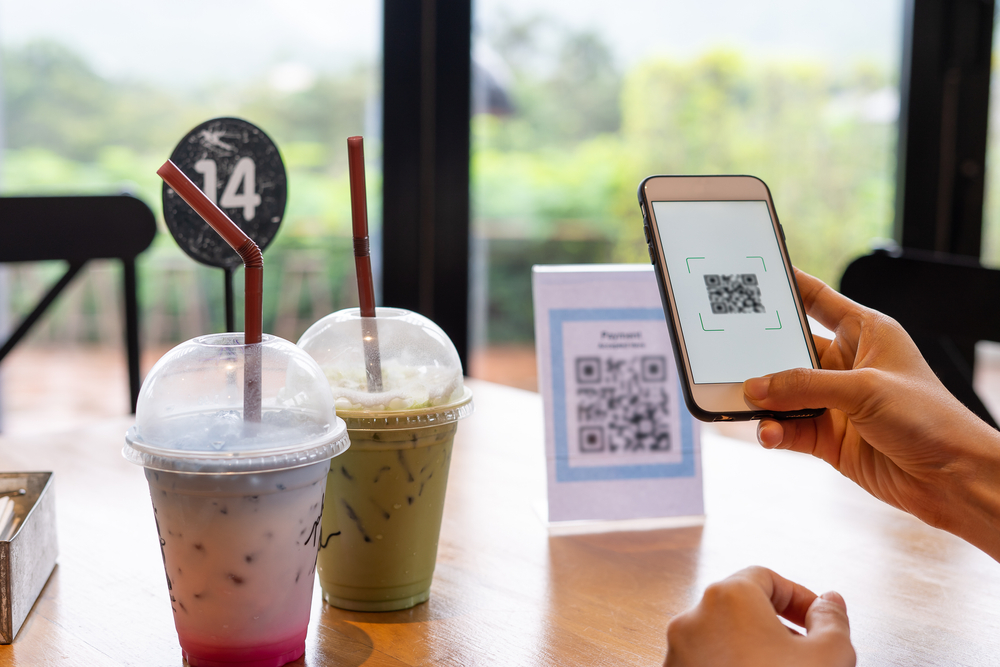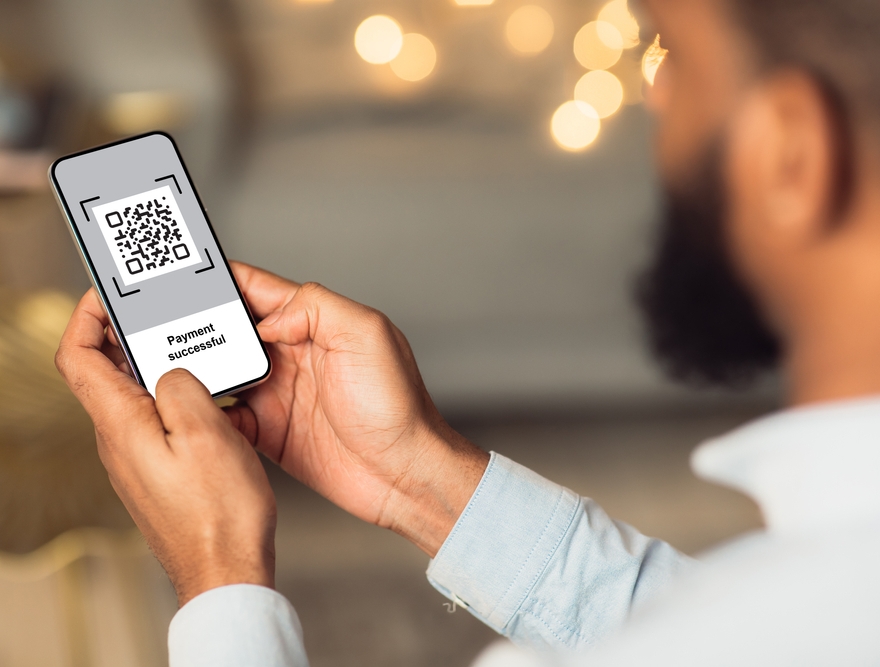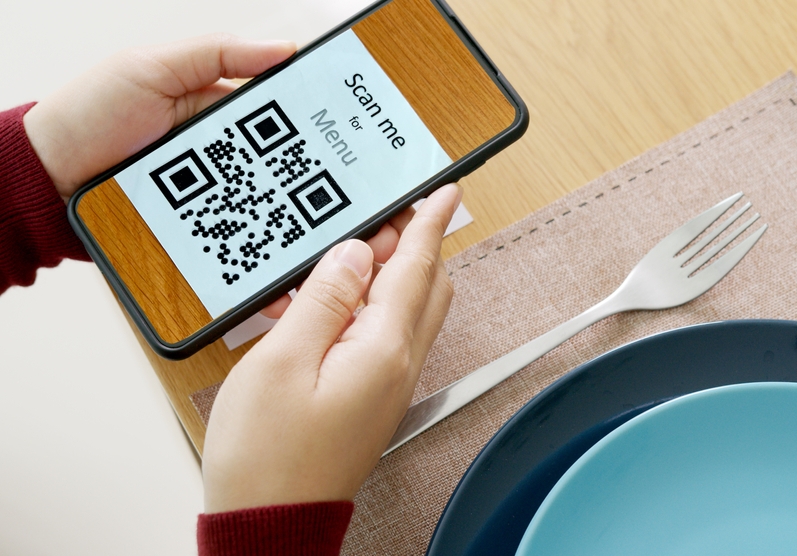Learn the Ins & Outs of QR Codes and How They Can Work for Your Business
by Lou-Ann Jordan Mar 8, 2022

What is advancement in technology? It’s when we simplify a process, making a practice more efficient or, rather, less tedious. Because let’s be honest, we like the efficiency of our generation. The last few years certainly saw us moving towards new technologies, especially virtual ones.
Since 2020, the corporate world has had to explore new ways of getting products and services before their customers. The challenge for businesses has been to maintain market share and customer base initially without and then with diminished ‘hands-on’ or ‘face-to-face’ interaction.
The question of how to get flyers, brochures, programs, banners etc., to your customers required innovation. Enter Quick Response Codes (QR codes)! The two-dimensional barcodes offered advertisers the opportunity to encode data about their business, product, or service. Customers could then access the information with the use of a smartphone camera.
What are QR codes?
QR codes were by no means a ‘new’ technology. Japanese engineer Masahiro Hara is credited with developing the 1960s one-dimensional barcode into a two-directional code. The new codes characterised by their ability to scan data was launched in the 1990s. By the early 2000s, QR codes became prevalent in Japan because the Denso Wave, the company for which Hara worked, maintained their policy to make it accessible to as many people as possible.
Owners of the patent, Denso Wave, facilitated the spread of QR code technology by leaving it open. It was an invitation for all and sundry, which coupled with smartphones’ ability to read the codes, heightened its popularity. Over the years, QR code technology has seen much development, with designers working to enhance its capability.
Indeed, businesses have come to see its benefit, even more so within the last few years. Many began to incorporate this new tool in their marketing strategy in the Caribbean. Suddenly, customers could access deals, company specials, warranties, product information, and so much more—all with the scan of their smartphones. The fact is QR codes are a growing form of marketing that does what Hara hopes, “[get] a lot of people [to] use the code, come up with new ways of using it with them, and put these ideas into practice.”

How do QR codes work?
Now, in case you’re wondering how it works, let’s take a look, first, at the design. A QR code looks somewhat like the conventional barcode, but its design features vertical and horizontal lines. You’ll remember we mentioned that these codes are two-dimensional. Also, the squares and dots you’ll see represent encrypted information. While the ‘conventional’ QR code is square, it’s becoming a new trend to play with the design and colour. Some opt for a colour that reflects their brand, or others alternate the style. When choosing a redesign, it’s important to maintain elements such as the position markers because these ensure the code is scannable.
Any smartphone can scan and access the data encrypted in a QR code. According to eModeration Station, all that’s needed is a smartphone with a camera and a QR reader. Although Kaspersky QR Scanner has been touted as one of the best, several free options are readily available at the App Store. Thus, customers can easily access companies’ QR codes and the world of information that awaits them.
How do businesses use QR codes?
Firstly, this technology has been widely popular in Japan for the past 25 years. The QR code graphic can be placed on any physical object. It certainly does in Japan. It appears on a vast number of things, even tombstones. Though not as prevalent here in the Caribbean, its appearance is increasing. In the Cayman Islands, a growing number of brands use QR codes on business cards, packaging, flyers, brochures, etc. Spas use them to offer specials to customers, and customers can access warranty on appliances from department stores. Additionally, video and written content may be shared, and some brands use it to drive traffic to their website or a landing page. The marketing possibilities are immense.

What are the advantages of QR codes?
The notable thing about this type of marketing is that it is cost-effective and works in tandem with your other tools. Also, for businesses that still rely heavily on traditional media and whose transition to digital marketing may be slow, QR codes are an excellent place to start bridging the gap.
Use them to share rich, value-added content about your brand. As we noted previously, you can incorporate them into your yellow pages’ directory ads, flyers, brochures, and your product packaging. Use of the codes can heighten customer engagement. A QR code on a directory advert, branded product or flyer can generate interaction. Customers can participate in competitions, register for a service, shop, or provide feedback.
Additionally, as with other digital marketing tools, you can access real-time data on advertising campaigns to determine their effectiveness. For example, a QR code placed on your directory advertising and linked to your website can give you analytics on traffic volume to your yellow pages’ advertisement and your website.
It’s time to get in on this growing marketing trend. As with other digital tools, you can do it yourself. However, it’s best to engage a trusted and experienced partner to secure the results you desire. Let Yello share their expertise with you as a local business. Our media consultants can guide you in how QR codes can work effectively for your business. Click here for a deeper discussion.
Was this article helpful? Feel free to browse Find Yello for more content.
Sources: eModerationStation, Fastprint, Scandovea and QRCode.com.








